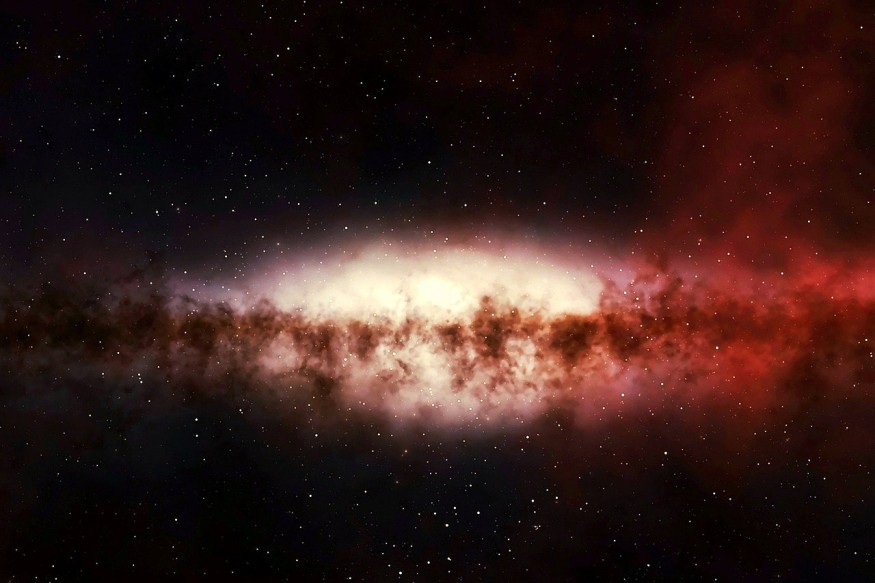
Capitalizing on the very first light of the universe, astronomers were able to come up with an in-depth map of mysterious dark matter. Their incredible results may have just confirmed Einstein's previous propositions.
What Is Dark Matter?
Forbes reports that dark matter consists of invisible particles. These particles do not absorb, emit, or reflect energy or light. Because of this, such matter is directly undetectable.
Though it has remained hypothetical, dark matter is believed to make up around 85% of the universe's total matter. It is also thought to only have interactions with gravity.
New Map of Dark Matter
According to Live Science, this new map of dark matter was constructed with light that is 14 billion years old. It reveals huge tendrils of matter that came to be shortly after the universe was born.
Interestingly, the tendril shapes are largely similar to what Einstein had previously predicted with his theory of general relativity.
Yahoo! News reports that such findings do not align with prior maps of dark matter. These previous maps proposed that the cosmic web is less clumpy compared to Einstein's predictions.
Mathew Madhavacheril, a cosmologist from the University of Pennsylvania, expresses in a statement that the map shows how lumpy the universe is through the measurements provided. He adds that it demonstrates the growth rate of the universe after 14 billion years of evolution.
Scientists think that the universe came to be after the Big Bang and that it was filled with both matter and antimatter particles, which are the same as matter particles except that they are oppositely charged. Considering how these two types of particles annihilate each other upon collision, the universe should have been eradicated if these two came in equal proportions. However, with quantum fluctuations and rapid expansions of space-time, the primordial plasma of the universe remained intact.
According to Einstein's theory of relativity, these pockets of plasma were compressed and heated, causing sound waves to ripple outward at a speed that is half that of light. Live Science notes that such massive waves expelled matter that was not sucked in and led to the creation of the cosmic web.
However, as astronomers looked into the cosmic web, they observed discrepancies. This matter was less lumpy and remarkably more evenly distributed than thought.
To look further into this, the astronomers tapped the Atacama Cosmology Telescope (ACT) in Chile. The ACT scanned 25% of the full night sky from 2007 all the way to 2022. Because of the remarkable sensitivity of its microwave detector, it was able to detect light from the CMB (cosmic microwave background radiation). They then used gravitational lensing, which involves warping light that moves through a space-time region until it appears as a stretched arch, to map matter concentrations in the CMB.
Such a map did not align with existing ones. Nevertheless, it demonstrated that Einstein's theory could have been right all along.
These findings were presented during the Future Science with CMB x LSS conference last April 11 at the Yukawa Institute for Theoretical Physics in Japan.
Check out more news and information on Space in Science Times.











